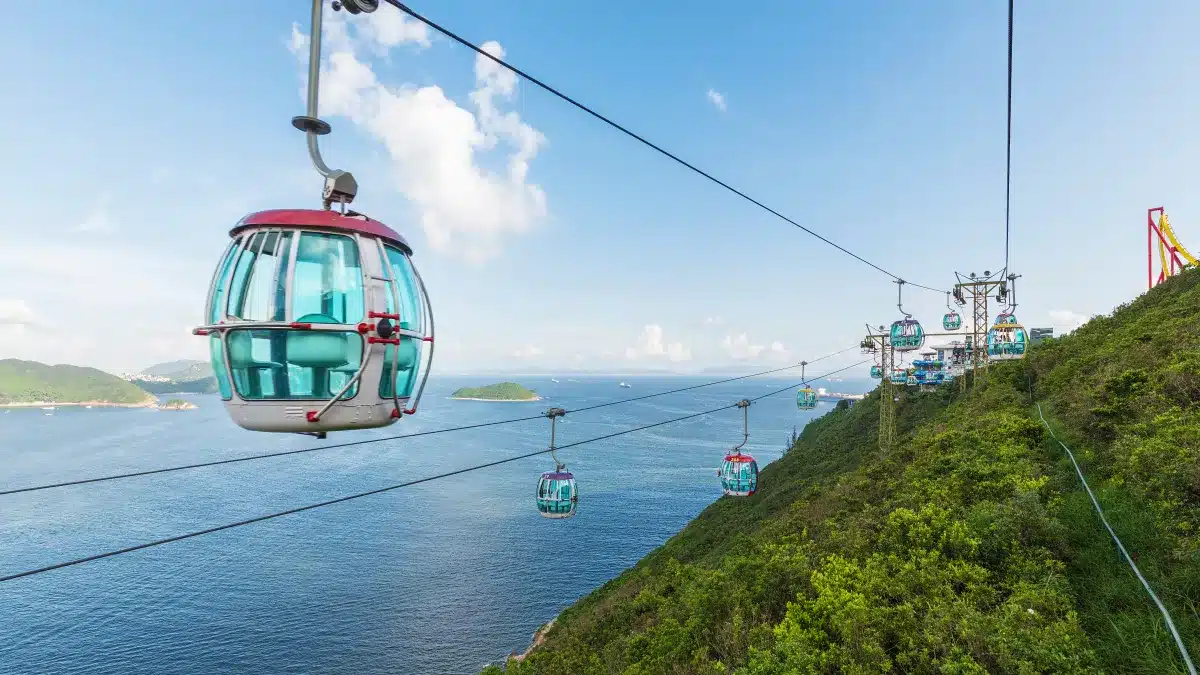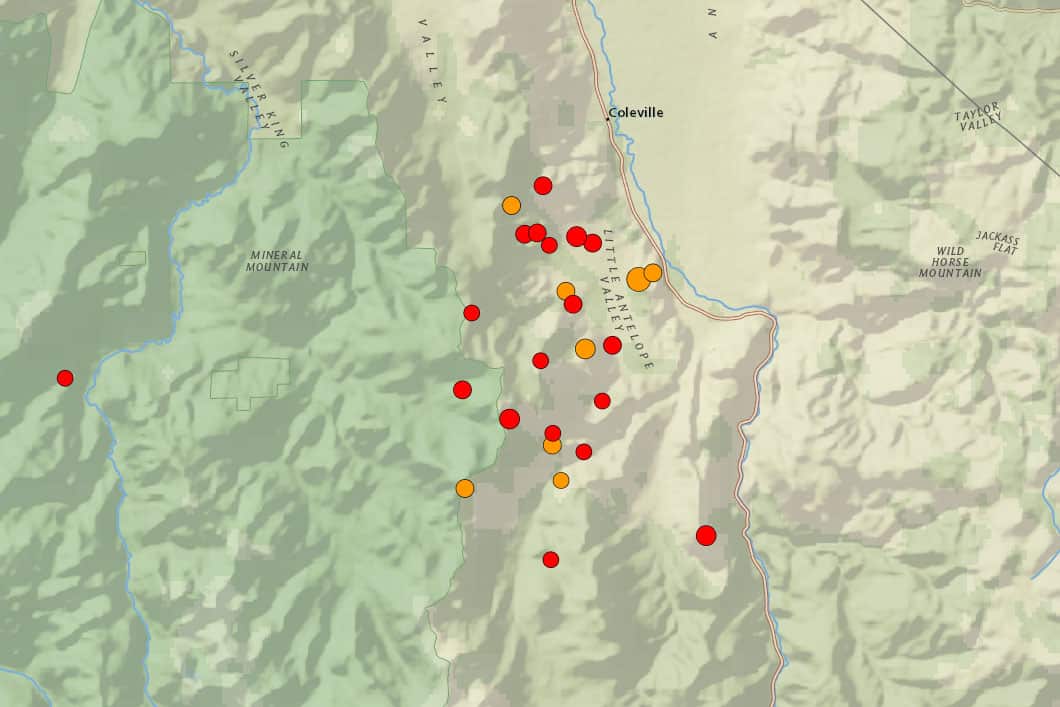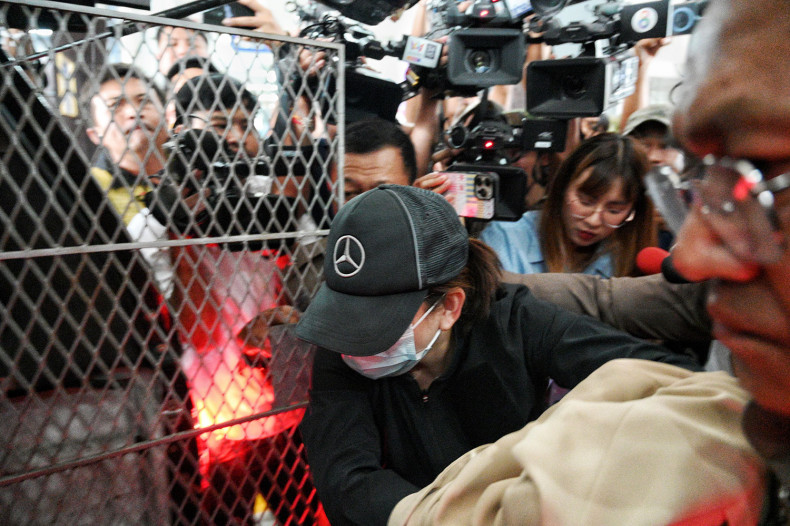Extended Timeline for Cable Car Feasibility Study
Assessing Viability of Bangkok’s Cable Car System
The proposed cable car project in Bangkok, aimed at enhancing urban mobility, has received a two-year extension for its feasibility study. Initially launched to explore aerial transport solutions for the city’s congested streets, the study will now continue until mid-2027. This extension allows planners to thoroughly evaluate the project’s potential to alleviate traffic and improve connectivity across key districts.
Addressing Urban Congestion with Innovative Transport
How Cable Cars Could Transform Bangkok’s Commute
Bangkok’s notorious traffic congestion has prompted city officials to consider innovative solutions like cable cars, which could connect high-traffic areas such as commercial hubs and transit nodes. The extended study will assess routes, environmental impacts, and integration with existing public transport systems. By prioritizing sustainability, the project aims to offer a low-carbon alternative to traditional road-based commuting.
Technical and Financial Considerations Under Review
Evaluating Costs and Infrastructure for Cable Cars
The prolonged study period will focus on critical aspects, including construction costs, land acquisition, and engineering challenges. Experts are analyzing the feasibility of installing cable car systems over Bangkok’s dense urban landscape, ensuring minimal disruption to existing infrastructure. Financial models are also being refined to attract private investment, balancing affordability with long-term economic benefits for the city.
Community Engagement and Future Prospects
Involving Residents in Bangkok’s Cable Car Vision
Public input is a key component of the extended study, with officials organizing forums to gather feedback from residents and businesses. The project’s success hinges on community support and its ability to address local concerns about noise, aesthetics, and accessibility. As Bangkok looks to modernize its transport network, the cable car initiative could set a precedent for innovative urban planning in Southeast Asia.








